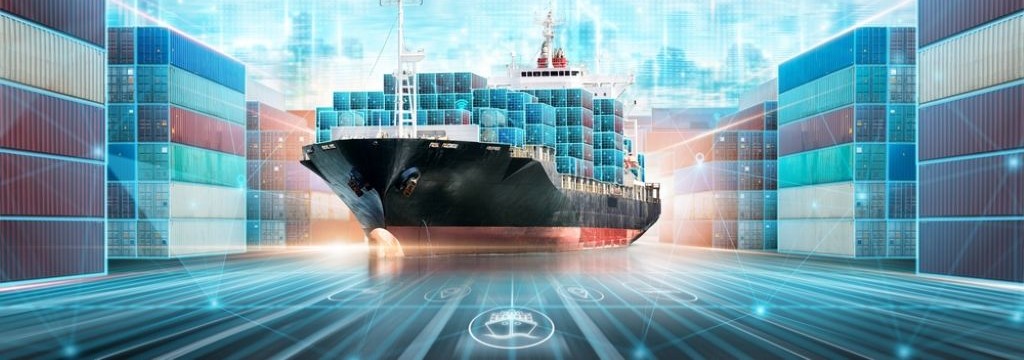How Robotics And AI Protect Cargo At Ports And Warehouses
- Home
- Latest News
- How Robotics And AI Protect Cargo At Ports And Warehouses

As the global economy faces shifting geopolitics, fluctuating tariffs, and ongoing labor shortages, securing the supply chain has become more urgent than ever.
From automotive parts to pharmaceuticals, cargo in transit or storage is increasingly vulnerable to theft, tampering, and disruption. In response, a new generation of security technology is stepping up—autonomous robotics and artificial intelligence (AI).
These technologies are transforming physical security at ports, warehouses, and distribution centers, delivering data-driven, scalable solutions to protect high-value goods in a fast-changing risk environment.
The Evolving Threat Landscape
Cargo theft surged 15% across the U.S. and Canada in 2022, according to CargoNet. At the same time, organized retail crime and incidents involving workplace violence are on the rise. These threats are further complicated by chronic labor shortages—security guard turnover can reach 100% to 300% annually.
Adding to the complexity, economic volatility has become a security issue in itself. Nearly half of chief security officers surveyed for the 2023 World Security Report cited economic unrest as their top operational concern. History shows that trade tensions and tariff hikes often spark opportunistic crime, particularly at weak points in the supply chain.
Robotics and AI As Force Multipliers
Today’s security environment demands more than static cameras and manual patrols. Robotics and AI are not replacing humans—they’re multiplying their effectiveness.
Autonomous ground robots and aerial drones now provide 24/7 surveillance, conducting perimeter sweeps, monitoring sensitive zones, and responding to alarms in real time. These systems are enhanced by AI analytics that detect anomalies, classify threats, and deliver predictive insights—all without human delay or fatigue.
Ensuring C-TPAT Compliance with Automation
Maintaining compliance with the Customs-Trade Partnership Against Terrorism (C-TPAT) requires routine, verifiable inspections. For example, one automotive manufacturer deployed aerial drones to automatically inspect fence lines on a weekly basis. The drones detect breaches, provide video verification, and produce detailed reports The outcome? 100% compliance, $60,000 in annual savings, and the elimination of manual vehicle patrols.
Lower Cost, Higher Coverage
Adopting robotic security isn’t just a tech upgrade—it’s a cost-effective strategy. At a high-profile facility with complex needs, robotic patrols reduced security costs by 30% while maintaining full coverage. In the first year, over 2,000 patrols were completed, 80+ incidents identified, and zero thefts or vandalism reported.
Unlike human teams, robots don’t need breaks, don’t call in sick, and don’t pose liability risks. They can patrol up to 200% more frequently than traditional teams, often at a lower overall cost.
Turning Data Into Action with AI
Security goes beyond hardware. AI platforms synthesize the vast data generated by robotic systems into actionable intelligence. They can detect suspicious behavior, unattended packages, or emerging patterns before they become threats.
AI-enhanced drones can operate at night, over populated areas, or in response to alarms—delivering near-instant situational awareness. Centralized Robotic Security Operations Centers (RSOCs) further enable remote monitoring, real-time incident response, and coordination across multiple sites.
Adapting to Trade Disruptions
As global trade routes shift due to tariffs and regulation changes, ports and warehouses must quickly adapt. Robotic security systems offer the agility to respond—whether by adjusting patrol routes or securing newly sensitive assets.
In an era where physical and cyber threats are increasingly intertwined, integrating robotic data with broader enterprise security systems creates a unified, intelligent defense across the entire supply chain.
Building Resilient Supply Chains
Labor challenges, economic volatility, and rising crime require a new approach to supply chain security. Robotics and AI are no longer futuristic ideas—they’re already deployed across North America, actively protecting cargo and infrastructure.
Organizations that adopt these technologies gain more than protection—they gain resilience, regulatory compliance, and a competitive edge. In a world defined by unpredictability, the next generation of security is already operational—on the ground and in the air.
Source: Supply & Demand Chain Executive
